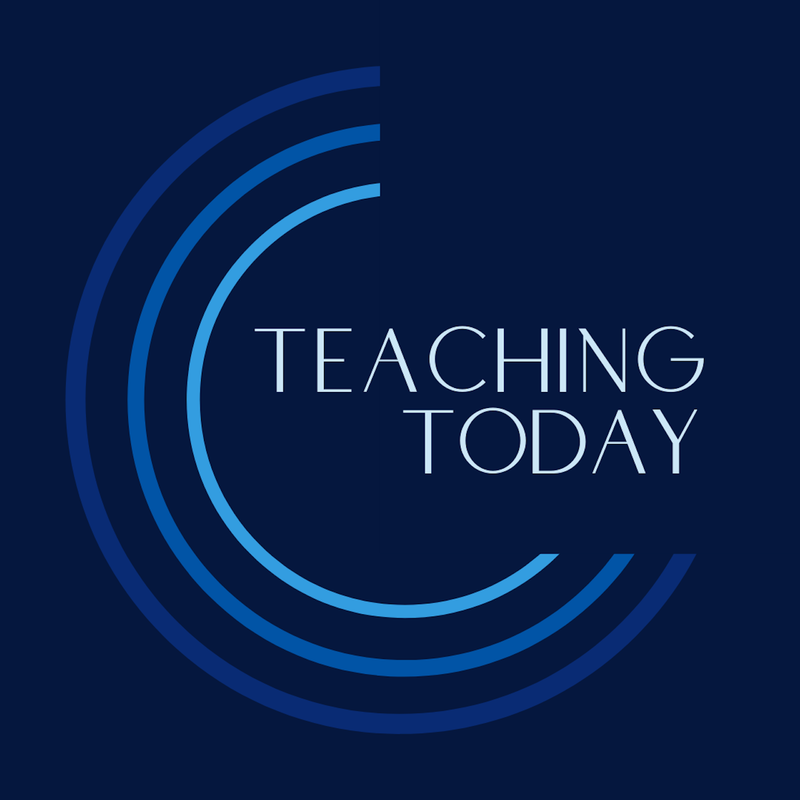|
How to step back, look, and listen to see where communities may be forming or where we can invite them to form.
When designing professional development projects, we’re constantly examining how our promising practices can be solidified as we support educators. Through this examination, we’ve come to identify five principles of practice: Communities of practice, Contextualized practice, Critical reflection, Cultivating strengths, and Cycles of inquiry. As part of our series investigating each of these principles, let’s dig deeper into communities of practice. (You can see previous entries in this series here.)
Identifying members of your community with an interest in professional development can be a first step in building an internal coaching structure within your school, and if you’re already humming along with a teacher coaching practice, looping back to some basics can help you identify additional teachers to invite into a growing community of practice.
“Communities of practice are formed by people who engage in a process of collective learning in a shared domain of human endeavor: a tribe learning to survive, a band of artists seeking new forms of expression, a group of engineers working on similar problems, a clique of pupils defining their identity in the school, a network of surgeons exploring novel techniques, a gathering of first-time managers helping each other cope. In a nutshell: communities of practice are groups of people who share a concern or a passion for something they do and learn how to do it better as they interact regularly.”
Step back
We often become so familiar with our own school and colleagues that we miss a new or forming interest — especially when it’s late in the school year and we’re sure we know everyone well enough to ascertain who is interested in receiving or leading PD and who isn’t. However, if we step back, we may see something new. At the next grade level team meeting, take a breath and look around as if it were the beginning of the school year. During your next staff meeting, imagine the people around you have changed over the school year (they probably have) and look and listen for new evidence of the desire to grow professionally. Look Take a look over a list of your staff and identify which teachers have tried something new in their classroom. What might happen if you invite them to share with one other teacher, in their department, or with the larger community? Where do you see teachers gathering in pairs or small groups? Do they share a common interest that could translate into professional learning? For instance, back when the first Harry Potter book came out, teachers reading the book decided to gather together to form a book club that spent the first half hour talking about their own experience of the book and the second half talking about how they could spark their own student’s imagination through creative writing prompts. Look around. Where might professional learning groups be a logical next step to what is already happening? Listen Perhaps it’s more likely in your situation that teachers aren’t forming their own learning groups naturally. Take a moment instead to listen for the needs you hear being voiced. Do you hear struggles in the form of complaints? There’s not enough time. / How am I supposed to fit [this] in? / I’ve tried everything with [this kid]! What teacher do you know who has struggled through this same problem in the past? Consider asking the teacher who overcame the struggle to invite the teacher in the midst of the struggle to problem-solve together. Listen to the whole staff: do you have results from any recent survey you can dip back into for a sense of the needs across your team? Identify several needs and offer a problem of practice protocol in your next email to staff or invite teachers to form small groups that engage with a protocol to address their concerns. Maybe it’s time for a new survey focused on asking questions directly about PD needs and especially about the interest of teachers to collaborate and learn from one another. It’s a great time to listen for needs that you want to meet over the summer and going into 2019-20.
The reality is that communities of practice are everywhere. Sometimes we can see them clearly and other times we need to step back, look, and listen to see where they may be forming or where we can invite them to form between folks who don’t realize that just across the hall is someone else with the same interest or struggle. Wagner describes it like this:
[Communities of practice] are a familiar experience, so familiar perhaps that it often escapes our attention. Yet when it is given a name and brought into focus, it becomes a perspective that can help us understand our world better. In particular, it allows us to see past more obvious formal structures such as organizations, classrooms, or nations, and perceive the structures defined by engagement in practice and the informal learning that comes with it. |
|
The Center for Professional Education of Teachers (CPET) at Teachers College, Columbia University is committed to making excellent and equitable education accessible worldwide. CPET unites theory and practice to promote transformational change. We design innovative projects, cultivate sustainable partnerships, and conduct research through direct and online services to youth and educators. Grounded in adult learning theories, our six core principles structure our customized approach and expand the capacities of educators around the world.
|
ABOUT US
525 West 120th Street, Box 182 New York, NY 10027 416 Zankel Ph: (212) 678-3161 [email protected] Our Team Career Opportunities |
RESOURCES
Professional Articles Ready-to-Use Resources Teaching Today Podcast Upcoming PD Opportunities |
COACHING SERVICES
Custom Coaching Global Learning Alliance Literacy Unbound New Teacher Network Student Press Initiative |





















